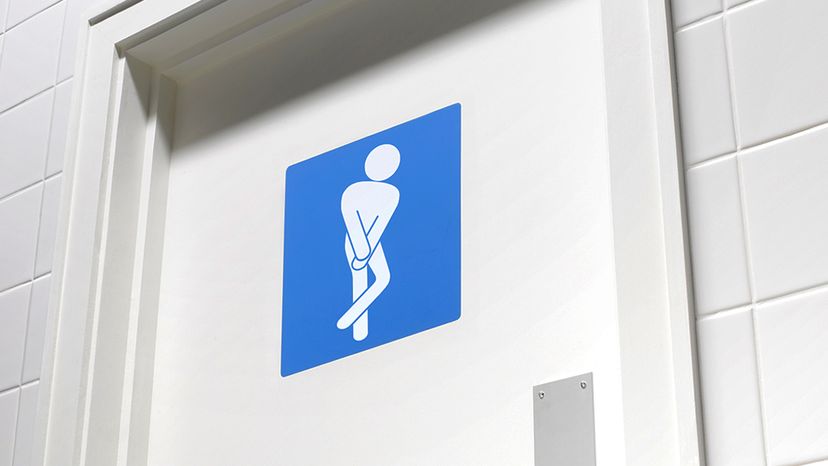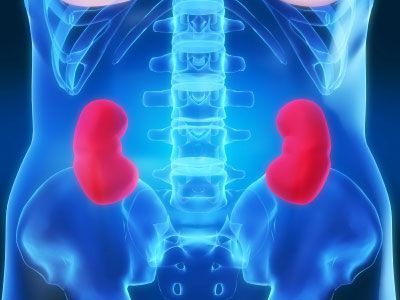
You're stuck in a car and holy smokes, do you ever have to pee. You had to an hour ago, and now it's an emergency. You're in agony! You're even experiencing diminished focus and cognitive abilities, as a 2010 study in the journal Neurology and Urodynamics proved. So ... what do you do?
Well, first of all, you should make some decisions about when and how you're going to empty that bladder full of urine. But in the meantime, you're probably squirming. Literally. Most of us have done the pee-pee dance in some dark hour, and not just when we were little kids. But what's the purpose of moving around when our bladders are overfull? What does it accomplish?
Advertisement
No urologists, behavioral scientists or other researchers we contacted have been able to conclusively identify what causes this behavior, but there are a few theories out there. For instance, bouncing up and down while clenching your legs together could perhaps both lighten the load on the bladder sphincter and help you feel a little more in control of whether you end up urinating all over yourself. It probably isn't ultimately very effective, but it might fool your brain into thinking the situation isn't as dire as it feels.
Another idea about why we need an activity to keep us occupied when we really need to go is related to the reason some of us go to the gym or poke at our phones: distraction. When we're in a tough psychological situation, we look for solace in anything outside of the pain we're in. In tough social situations or when work's getting the better of us, our phones or a quick run can serve that function pretty well. Or think of tapping your fingers when in the dentist's chair, or when getting your blood drawn. When extreme bladder pressure gets the best of us, the urination wiggles can help temporarily override that discomfort until you can make it to the can.
The most likely theory, though, is the idea that pee-pee dances are a type of rhythmic displacement behavior. When faced with conflict, it's in our nature to move in a rhythmic way. Think of a feral kitten you're trying to coax into your house with food. The kitty will anxiously rub against the wall, roll around on its back, make darting motions toward and away from the bowl of cat chow sitting in front of you. When we're faced with two strong but contradictory urges — to eat the food or run far away from the monstrous, hairless primate — anxiety can cause us to perform little repetitive movements like nail biting, head scratching ... and pee-pee dancing. So your kid might be squirming because her physical urge to PEE RIGHT NOW and the social pressure to wait until reaching a bathroom are in conflict, and the movements reduce that anxiety.
At the end of the day, though, little dances aren't going to help, even though they might temporarily distract from the problem at hand. And although it's not dangerous to occasionally push the limits of what your bladder can comfortably hold, if you do it too often, as you age you might lose the ability to completely empty your bladder.
So, y'know, when you've gotta go, go ahead and go. (Within reason.)
Advertisement
